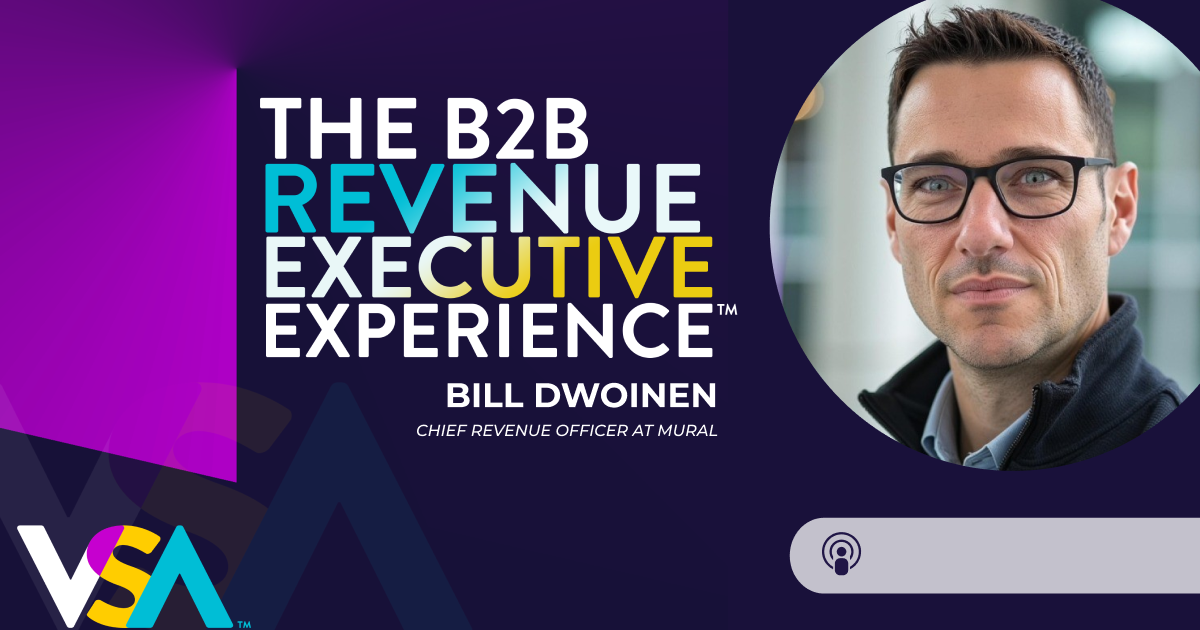Your Value Prop Is About Pain Points, Not Marketing Terms

– Subscribe to the Podcast or Write a Review: –
iTunes – Google Podcasts – Stitcher – TuneIn
You’ve got a great product. Its value is so obvious that it’s going to sell itself.
You’ve just got to build it and the customers will come, right? Wrong.
No one cares about the features, they care about the problems they need you to solve.
In this episode, I catch up with Adam Springer, Founder at StartupSales, to find out why so many salespeople do such a bad job addressing the pain points customers really care about.
We discuss:
- Why marketers express their value proposition poorly
- The 3 categories of pain points
- How to nail your messaging.
No pain, no gain
The biggest mistake companies and their sales and marketing teams make when trying to express their value prop is confusing marketing terms for pain points.
An example Adam gives is something you might have heard (or maybe even said) at some point:
“We have best-in-class service and their pain point is dealing with horrible service.”
But that’s not a pain point… it’s a marketing term.
If you really think about the problems your ideal buyer is facing, you’ll see how silly this sounds. What do they deal with day to day that they’re afraid of? What’s the problem they need you to fix?
Maybe it’s that they have a mindless repetitive task that takes an hour every day. Maybe the task is so boring that they keep embarrassing themselves in front of their boss by falling asleep or screaming in existential despair an hour after lunch.
That’s the pain.
A “Field of Dreams” approach only gets you Costner’s career trajectory
The “if you build it, they will come” mentality still permeates too many sales teams.
But the truth is, nobody has the time to get excited about your product — they’re too busy dealing with their pain points to discover your cool corn-maze baseball field.
“People don’t give you enough time — or want to take the time on their own — to understand your product or service enough to understand its value. So, you have to be able to portray it.”
ADAM SPRINGER at StartupSales
So, don’t come at a prospect hot-and-heavy with a demo of your cool product. Nobody — absolutely nobody — wants to hear it.
Instead, address their real pain.
If we take the Adam’s example, instead of pressuring someone for a demo, you can just let them know: Hey, this product will keep you from looking stupid in front of your boss.
No more naps. No more mid-day primal scream therapy. No more pain.
Of course, understanding the exact pain points your prospect is facing is easier said than done.
Types of pain points
When coaching his clients, Adam has a process he runs through to make sure they actually address the real pain points.
Here’s how it works:
First, you need to realize there are only 3 categories of pain points — and the first task is to identify these in your customers.
“If you categorize pain points, they all fall into three different categories: financial, emotional and a business need.”
ADAM SPRINGER at StartupSales
Financial: What are the things (like looking stupid in front of your boss) that cause emotional pain for your prospects?
Business needs: What are the horrible things your prospects have to do that are absolutely required for the company to do business?
Financial: What annoyances do your prospects have to deal with that cause them pain in their wallets?
Go through these categories and write down all of the pains your customers have and go as far as your product will take you.
Going deeper…
Now, you can take these and map them out even deeper.
Create a quadrant on a piece of paper. On the left side, put pain; on the right side, put pleasure.
Now draw an arrow from right to left — because everyone who isn’t a masochist wants to move from pain to pleasure.
On the top of the paper write “now” and write “future” on the bottom.
Alright, put down your pencil for a second, crack your knuckles, then it’s time to plugin one of the real pain points you identified from the 3 categories.
If you look at the bottom left of the quadrant (pain and future) through the prospect’s eyes, this is where you will put something you are scared of happening in the future.
In the example from before, this could be looking dumb in front of your boss or peers.
If you look to the bottom right (pleasure and future), this would be something you want — let’s say it’s employee-of-the-month. Well, you aren’t going to get there falling asleep all the time.
Work your way through various pains in the various quadrants — have everybody in the company do it.
You’ll have a process for finding the empathy you need to addressing actual pain points when you reach out to prospects, not product features.
Messaging is not selling
When you do reach out, you can open with “Hey, are you tired of feeling like an idiot at work?”
And this will definitely pique someone’s interest more than “Hey, look! It’s shiny. Do you want a demo?”
If your prospect receives a message addressing their pain, they will connect with it.
But at this stage, there is still one mistake you can make — selling.
“Don’t try to sell in the messaging. The only try thing you’re trying to do is engage the prospect.”
ADAM SPRINGER at StartupSales
You want your prospect to want to talk with you and hit the replies — you aren’t selling at this point.
Even in the first meeting, you want to discuss their pain and not start rattling off features — which even the best salespeople can default to sometimes.
You need to get over the fear of change and step out of the comfort zone of product features and into a world of pain (points).
That’s how you truly engage your prospect.
This post includes highlights of our podcast interview with Adam Springer, Founder at StartupSales.
Subscribe to hear this episode and many more like it. For the entire interview, you can listen to The B2B Revenue Executive Experience. If you don’t use Apple Podcasts, we suggest this link.
Explore More









